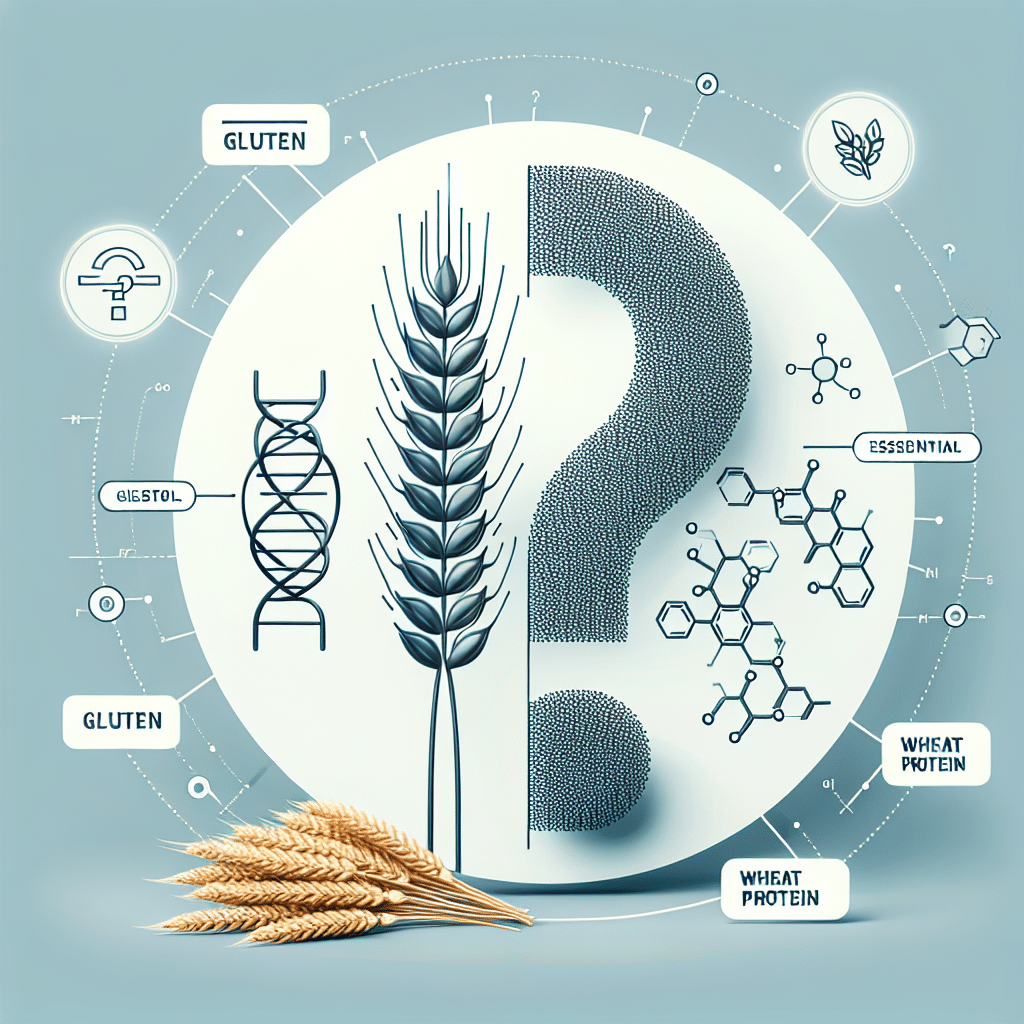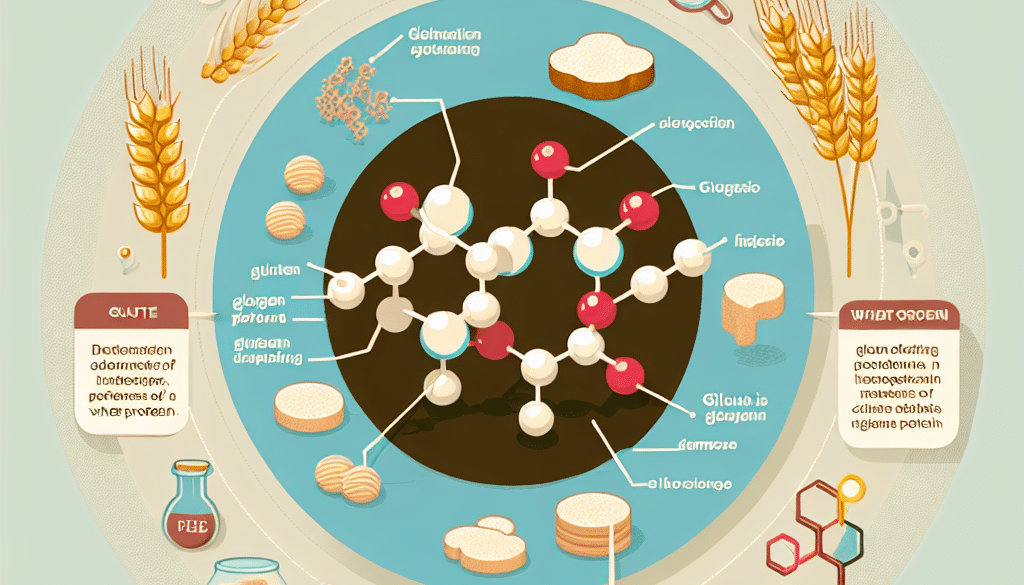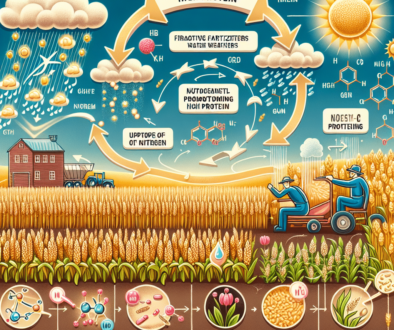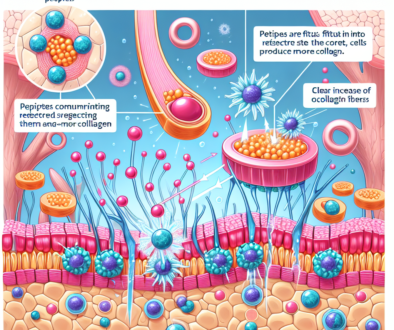Is There Gluten In Wheat Protein?
-
Table of Contents
- Gluten in Wheat Protein: Understanding the Relationship
- What is Gluten?
- Is Gluten Present in Wheat Protein?
- The Impact of Gluten on Health
- Gluten-Free Diet: Who Needs It?
- Identifying Gluten in Foods
- Alternatives to Wheat Protein
- Case Studies and Statistics
- Conclusion: Understanding Gluten in Wheat Protein
- Discover ETprotein’s Gluten-Free Protein Products
Gluten in Wheat Protein: Understanding the Relationship

When it comes to understanding the components of our diet, few topics have garnered as much attention as gluten. A protein found in various grains, gluten has become a household name, primarily due to the rise in gluten-related disorders and the increasing popularity of gluten-free diets. One of the most common sources of gluten is wheat, and understanding the relationship between wheat protein and gluten is crucial for those with gluten sensitivities, celiac disease, or anyone looking to manage their dietary intake of this protein.
What is Gluten?
Before delving into the specifics of wheat protein, it’s essential to define what gluten is. Gluten is a family of proteins found in grains like wheat, barley, and rye. It’s composed of two main proteins: gliadin and glutenin. Gluten is known for its elasticity and is what gives dough its chewy texture and bread its airy rise.
Is Gluten Present in Wheat Protein?
The short answer is yes. Wheat protein is predominantly gluten. When wheat flour is mixed with water, the gluten proteins gliadin and glutenin form a network that gives the dough its stretch and elasticity. This is why wheat is commonly used in baking and cooking, as it provides the desired texture in breads, pastas, and other baked goods.
The Impact of Gluten on Health
For most people, consuming gluten is not a health concern. However, for individuals with celiac disease, non-celiac gluten sensitivity, or wheat allergies, gluten can cause significant health issues. Celiac disease is an autoimmune disorder where the ingestion of gluten leads to damage in the small intestine. Non-celiac gluten sensitivity presents similar, but less severe symptoms without the intestinal damage. Wheat allergies, on the other hand, are an immune response to wheat proteins, including but not limited to gluten.
Gluten-Free Diet: Who Needs It?
A gluten-free diet is essential for those with celiac disease and can benefit those with gluten sensitivities or allergies. This diet involves eliminating all sources of gluten, which means avoiding not just wheat but also other grains like barley and rye that contain gluten proteins.
- Celiac Disease: Strict adherence to a gluten-free diet is the only treatment.
- Non-Celiac Gluten Sensitivity: Symptoms improve with a gluten-free diet.
- Wheat Allergy: Avoiding wheat and wheat products is necessary.
Identifying Gluten in Foods
Identifying gluten in foods can be challenging, as it is often hidden in processed foods under various names. It’s not just in obvious wheat products like bread and pasta but can also be found in sauces, dressings, and even some cosmetics. Reading labels carefully is essential for those needing to avoid gluten.
Alternatives to Wheat Protein
For those who need or choose to avoid gluten, there are many alternatives to wheat protein available. These include:
- Rice Protein
- Pea Protein
- Bean Proteins (such as soy or mung bean protein)
- Seed Proteins (such as pumpkin, sunflower, or watermelon seed protein)
- Nut Proteins (such as almond protein)
These alternatives provide options for those looking to maintain a balanced diet without gluten.
Case Studies and Statistics
Research has shown that the prevalence of celiac disease is increasing worldwide. A study published in the American Journal of Gastroenterology found that the prevalence of celiac disease in the United States increased from about 0.2% in the early 1990s to about 1% by 2010. This rise has been mirrored by an increase in the availability of gluten-free products in the market.
Another study highlighted the importance of proper labeling of gluten-free products. It found that up to 32% of restaurant foods labeled as “gluten-free” contained detectable levels of gluten, underscoring the need for vigilance among those with gluten-related disorders.
Conclusion: Understanding Gluten in Wheat Protein
In conclusion, wheat protein is a significant source of gluten, and understanding this relationship is vital for those with gluten-related health concerns. While gluten is safe for most people, for those with celiac disease, non-celiac gluten sensitivity, or wheat allergies, avoiding gluten is crucial for maintaining good health. Fortunately, there are many gluten-free alternatives available that provide nutritious options for those needing to avoid wheat protein.
Discover ETprotein’s Gluten-Free Protein Products
If you’re looking for high-quality, gluten-free protein alternatives, ETprotein offers a range of products that cater to your needs. Their selection includes organic rice protein, pea protein, and various seed proteins, all characterized by a neutral taste and non-GMO, allergen-free attributes. With L-(+)-Ergothioneine purity over 98%, ETprotein’s offerings are suitable for a wide range of industries, including nutraceuticals, pharmaceuticals, and food and beverage.
ETprotein’s commitment to quality and customer satisfaction makes them a top choice for anyone seeking gluten-free protein solutions. To learn more about their products or to request a sample, contact ETprotein today.
About ETprotein:
ETprotein, a reputable protein and L-(+)-Ergothioneine (EGT) Chinese factory manufacturer and supplier, is renowned for producing, stocking, exporting, and delivering the highest quality organic bulk vegan proteins and L-(+)-Ergothioneine. They include Organic rice protein, clear rice protein, pea protein, clear pea protein, watermelon seed protein, pumpkin seed protein, sunflower seed protein, mung bean protein, peanut protein, and L-(+)-Ergothioneine EGT Pharmaceutical grade, L-(+)-Ergothioneine EGT food grade, L-(+)-Ergothioneine EGT cosmetic grade, L-(+)-Ergothioneine EGT reference grade and L-(+)-Ergothioneine EGT standard. Their offerings, characterized by a neutral taste, non-GMO, allergen-free attributes, with L-(+)-Ergothioneine purity over 98%, 99%, cater to a diverse range of industries. They serve nutraceutical, pharmaceutical, cosmeceutical, veterinary, as well as food and beverage finished product distributors, traders, and manufacturers across Europe, USA, Canada, Australia, Thailand, Japan, Korea, Brazil, and Chile, among others.
ETprotein specialization includes exporting and delivering tailor-made protein powder and finished nutritional supplements. Their extensive product range covers sectors like Food and Beverage, Sports Nutrition, Weight Management, Dietary Supplements, Health and Wellness Products, and Infant Formula, ensuring comprehensive solutions to meet all your protein needs.
As a trusted company by leading global food and beverage brands and Fortune 500 companies, ETprotein reinforces China’s reputation in the global arena. For more information or to sample their products, please contact them and email sales(at)ETprotein.com today.












